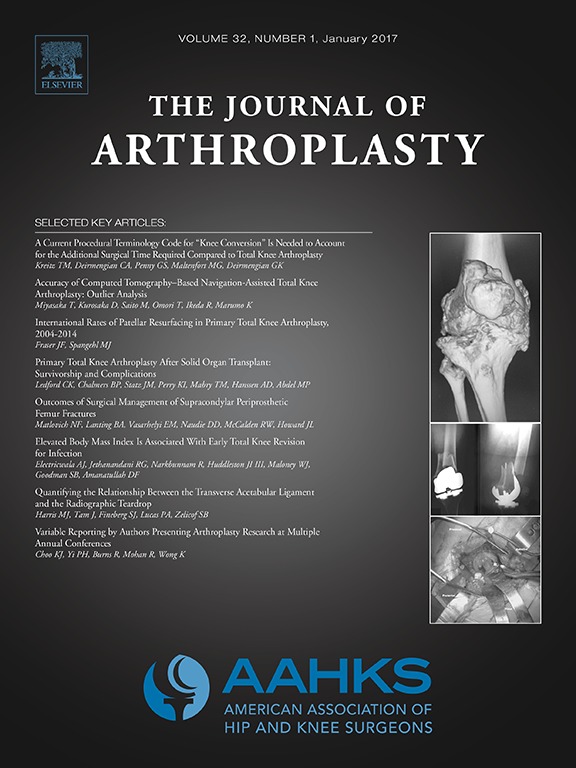
ARTHROPLASTY
Improved accuracy, but no clinical benefit of robot-assisted vs. conventional TKA
J Arthroplasty. 2014 Dec;29(12):2373-760 patients with knee osteoarthritis and undergoing primary total knee arthroplasty (TKA) were randomized to one of two groups: robot-assisted or conventional TKA. The study aimed to determine whether there was a significant difference in terms of coronal plane mechanical axis alignment outliers, restoration of joint line, clinical outcome measures, length of stay, operative time, and complications. Radiograhic assessment was carried out at 1 month postoperatively, and clinical outcome measures were assessed at 6 months postoperatively. The results indicated that the robot-assisted group had a lower rate of mechanical axis outliers (>3deg deviation from neutral), as well as more accurate joint line restoration, but no significant difference between groups when considering clinical outcome, operative time, or length of stay.
Unlock the full ACE Report
You have access to {0} free articles per month.Click below to unlock and view this {1}
Unlock NowCritical appraisals of the latest, high-impact randomized controlled trials and systematic reviews in orthopaedics
Access to OrthoEvidence podcast content, including collaborations with the Journal of Bone and Joint Surgery, interviews with internationally recognized surgeons, and roundtable discussions on orthopaedic news and topics
Subscription to The Pulse, a twice-weekly evidence-based newsletter designed to help you make better clinical decisions
Exclusive access to original content articles, including in-house systematic reviews, and articles on health research methods and hot orthopaedic topics
Or upgrade today and gain access to all OrthoEvidence content for just $1.99 per week.
Already have an account? Log in


Subscribe to "The Pulse"
Evidence-Based Orthopaedics direct to your inbox.
{0} of {1} free articles
Become an OrthoEvidence Premium Member. Expand your perspective with high-quality evidence.
Upgrade Now












































































